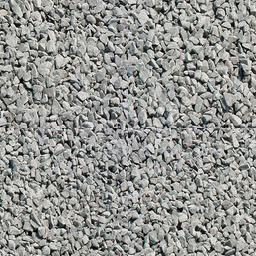 Fred's ImageMagick Scripts
Fred's ImageMagick Scripts
Copyright © Fred Weinhaus My scripts are available free of charge for non-commercial (non-profit) use, ONLY. For use of my scripts in commercial (for-profit) environments or non-free applications, please contact me (Fred Weinhaus) for licensing arrangements. My email address is fmw at alink dot net. If you: 1) redistribute, 2) incorporate any of these scripts into other free applications or 3) reprogram them in another scripting language, then you must contact me for permission, especially if the result might be used in a commercial or for-profit environment. Usage, whether stated or not in the script, is restricted to the above licensing arrangements. It is also subject, in a subordinate manner, to the ImageMagick license, which can be found at: http://www.imagemagick.org/script/license.php Please read the Pointers For Use on my home page to properly install and customize my scripts. |
|
Converts an image into a tilable texture. |
last modified: December 16, 2018
|
USAGE: tiler [-m method] [-o overlap] [-v vpmethod] infile outfile
-m .... method ...... method of overlap blending; choices are 1 or 2; PURPOSE: To convert an image into a tilable texture. DESCRIPTION: TILER converts an image into a tilable texture. It does this by swapping diagonal quadrants, exending the borders to get overlap and then composite blending the extended quadrants. The extension and blending attempt to minimize or avoid manual painting/blurring/cloning along the seams. ARGUMENTS: -m method ... METHOD of overlap blending. The choices are 1 or 2. Method 1 is a simple average blending. Method 2 is a ramped blending. The default=1. -o overlap ... OVERLAP is amount of extension of the quadrants in order to cover the center horizontal and vertical seems. Values are integers>=0. The default=2 -v vpmethod ... VPMETHOD is the virtual-pixel method used to extend the quadrants. Any valid IM non-background virtual-pixel method is allowed. Recommended values are either mirror or edge. The default is mirror. Requirement: IM 6.5.3-4 or higher due to the use in method 1 of convert ... -compose blend -define compose:args=50,50 -composite ... CAVEAT: No guarantee that this script will work on all platforms, nor that trapping of inconsistent parameters is complete and foolproof. Use At Your Own Risk. |
|
Example: Rocks |
|
|
Original Image |
|

| |
|
Quadrant Swap Only: |
Arguments: |

|

|
|
2x2 Tiling |
|

| |
|
Example: Dirt |
|
|
Original Image |
|

| |
|
Quadrant Swap Only: |
Arguments: |

|

|
|
2x2 Tiling |
|

| |
|
Example: Random |
|
|
Original Image |
|

| |
|
Quadrant Swap Only: |
Arguments: |

|

|
|
2x2 Tiling |
|

| |
|
What the script does is as follows:
This is equivalent to the following IM commands for method 1
|